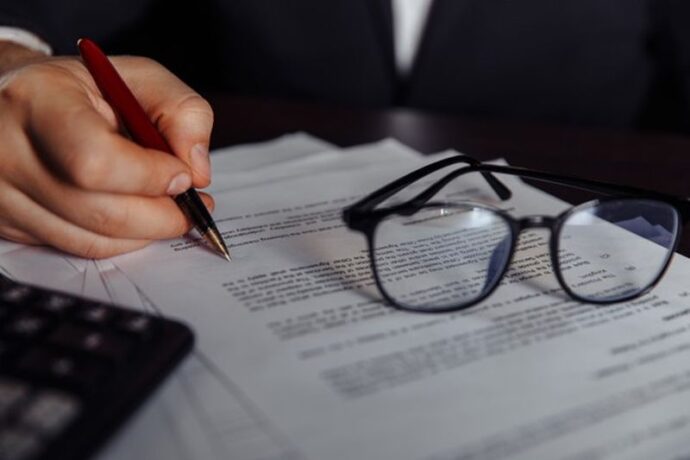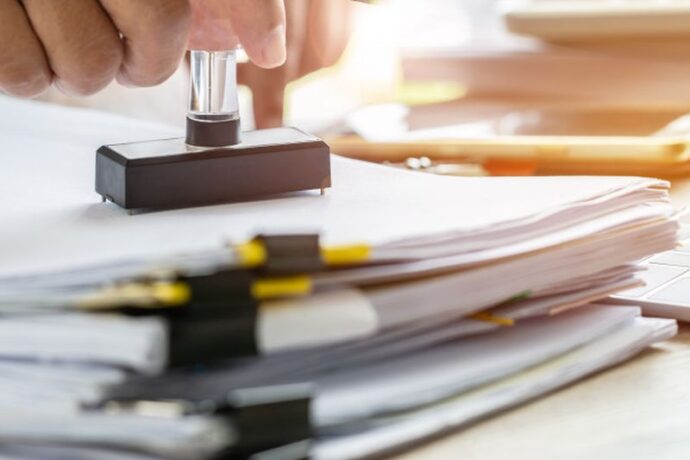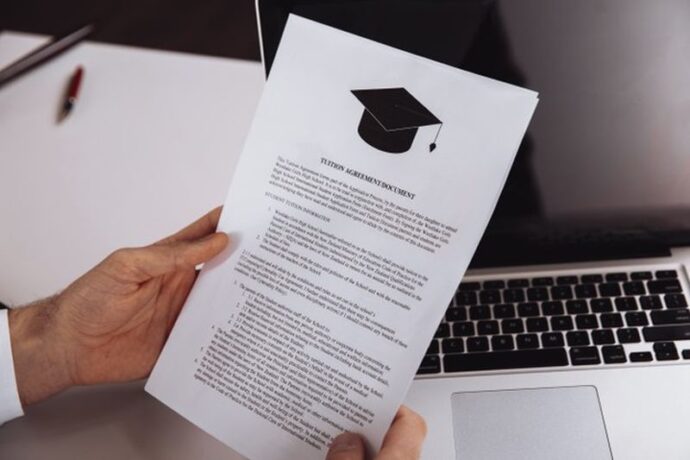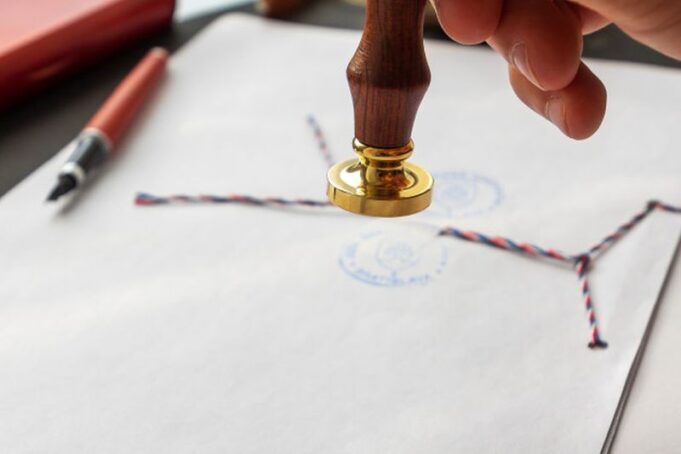Now and then, a situation arises where a signature is necessary to authorize banking transactions, business treaties, insurance paperwork, and more. The document becomes legally binding when it has a notary stamp. There are arrays of documents that need to be notarized and legalized. The notarization process is also called the “Notarial Act’’, which is conducted in the presence of the Notary public. The party involved in the document needs to sign it and the notary public will sign and seal it after doing some ID checks of the signatories.
Who is a Notary Public?

A notary public is associated with the legal system, who is appointed by the state after a strict background check for integrity and an online exam. They don’t need to learn law but the repercussion associated with the lawyers is also applicable to the notaries. They preside over the notarial act of official document signing. There are specific state-defined protocols to follow, while vetting, signing, sealing, and certifying the document.
A notary is a synonym for integrity and honesty, even in the court because they offer impartial services. After every notarial act, they need to maintain a journal including the details. The designation is commissioned, so needs license renewal after every two years or as per the state’s policy.
GKG Notary London has a lot of expertise in certifying documents accurately and speedily. Legislation services or inter-country validation called Apostille procedure are also offered. Give them a visit!
Common documents that need a notary seal

Acknowledgment
Acknowledgment ensures that the signatories are genuine and have signed the document willingly or voluntarily. Acknowledgments are necessary on documents associated with valuable assets like trust deeds, mortgages, etc. The signer physically appears to perform acknowledgment.
The notary identifies the signer, who acknowledges or declares that the sign appearing on the deed is their own and signed willingly. In general, for notarization, the signature has to be done before the notary, which is not necessary for acknowledgment. They can sign it before bringing it for the notarial act and acknowledge the sign is theirs.
Oaths or affirmations
In situations, where the custodian of the document legally states their intention to be honorable and true, oaths or affirmations are administered. Oath is a sincere pledge performed orally to a supreme being, while an affirmation is an earnest pledge on the client’s honor. The signer chooses oath or affirmation.
Jurats
Jurat is intended to affirm or swear that the written information printed in the document is genuine. It is called oath/affirmation verification or an affidavit, depends on the jurisdiction. Just like signature witnessing, in jurat, the signer physically appears and signs the specific document before the notary public. An oath/affirmation is administered orally by the signatories promising that the content within the documents is real.
The signer takes an oath or affirmation during jurat that the statement in the document is accurate and if the content is false then he/she is prosecuted for perjury.

Copy certification
Copy certification means the Xerox of an original document. The common materials that need copy certifications are documents with original document seal. Xerox copy means the transcription accurately resembles the original document. Examples of copy certification include –
- Contracts
- Leases
- Driver’s license
- Marriage certificates
- Vehicle titles
- Bills of sale
- Medical records
- Diplomas and more
For copy certification, the custodian of the original document brings the original document and gives it to the notary public. Photocopy or Xerox of the original copy is made by the notary and sealed with the notary stamp to certify that the document is genuine. Check if your state allows copy certification because in some it is banned.
Signature witnessing
Notary’s need to check that the signatories appeared for the notarial act is genuine. The signatories have to give their photo identification. The notary verifies that the signatories and document custodian is who they claim they are. The signatories are then asked to place their signature on the specific document in front of the notary, so the process is called signature witnessing. The notary will then place his/her signature, notary seal, and date on the document.
The difference between an acknowledgment and signature witnessing is that a notary witnesses the signing of the document. The difference between affidavit, jurat, or affirmation and signature witnessing is that in the latter there is no need for oath administration.
What are the ID requirements for notarization?

The UK government has created laws to prevent money laundering activities. It needs notaries to make extra identification checks than those applied traditionally. An extra ID check does not indicate you are being distrusted. Besides, photo ID private individuals will need to offer address proof. It means certain personal documents will be asked by the notary.
- Birth certificate
- Current signed passport
- Driving license with a photo
- Address proof, utility bill, gas bill
For business clients, there will be a need for the notary to establish that the organization or company you claim to be a part of, actually exists. In several cases, executives or managers are authorized to represent their organization. For UK-based organizations, the notary does the checks to find if the organization exists or not.
Sometimes, the notary can ask for specific documents especially if the organization or company is established overseas. It may include an incorporation certificate or good status certificate. If the client officially represents a company, the notary can ask for extra documents like memorandum, board resolution, power of attorney, etc.
Notarization parameters

Proper signatory identification is always a crucial element of notarial practice. Therefore the notary has to adhere to the notarization parameters strictly. For example, if the signing process of loan documents is messed then this can be an issue for the borrower. Therefore a notary must never hurry the notarial act process because there can be issues like a signature mismatch, wrong address, incorrect dates, and improper sealing of the document.
The clients must also check all these parameters during notarization. The notary is a simple process but such glitches can occur. Never hurry the notarial act but stay calm and see that everything goes smoothly.















